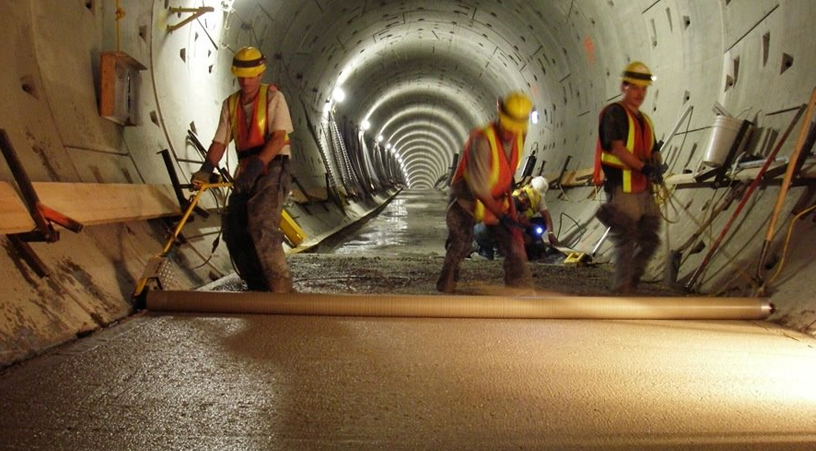- Office no 138,Bizz Bay, NIBM, Pune 411048
- info@smsenterprises.com
- +918983791910
Under Ground Waterproofing

Under Ground Waterproofing
Underground waterproofing refers to the process of protecting underground structures or spaces against water infiltration, seepage, and moisture-related issues. It's a critical aspect of construction or renovation, particularly for basements, underground parking lots, tunnels, or foundations, where water penetration can cause significant structural damage and compromise the integrity of the structure.
Here's an outline of the process involved in underground waterproofing:
-
Surface Preparation: Cleaning and preparing the underground surfaces is the initial step. This involves removing debris, dirt, or any existing coatings to ensure a clean and smooth surface for waterproofing.
-
Inspection and Vulnerability Assessment:Conducting a thorough inspection to identify potential vulnerabilities, cracks, joints, or areas prone to water ingress is crucial. These areas need to be repaired, sealed, or reinforced before waterproofing..
-
Selection of Waterproofing Systems:Choosing suitable waterproofing materials is critical based on factors like the wall construction material, environmental conditions, and the extent of water exposure. Various materials such as liquid membranes, cementitious coatings, elastomeric coatings, or sealants may be utilized.
-
Application of Waterproofing Materials::Waterproofing materials are applied to the underground surfaces using suitable methods, ensuring proper coverage of walls, floors, joints, and critical areas prone to water seepage. Multiple layers may be applied for enhanced protection.
-
Sealing and Reinforcement:Ensuring proper sealing of joints, edges, connections, and any openings where water could potentially infiltrate is critical. Using sealants or reinforcing materials strengthens the waterproofing system.
-
Curing and Drying:Allowing sufficient time for the applied waterproofing materials to cure and dry is vital. This curing period ensures that the materials bond effectively and create a strong, watertight barrier.
-
Quality Control and Inspection:Rigorous quality control measures are implemented throughout the waterproofing process. Post-application inspections are conducted to ensure uniform application and address any missed spots or defects.
